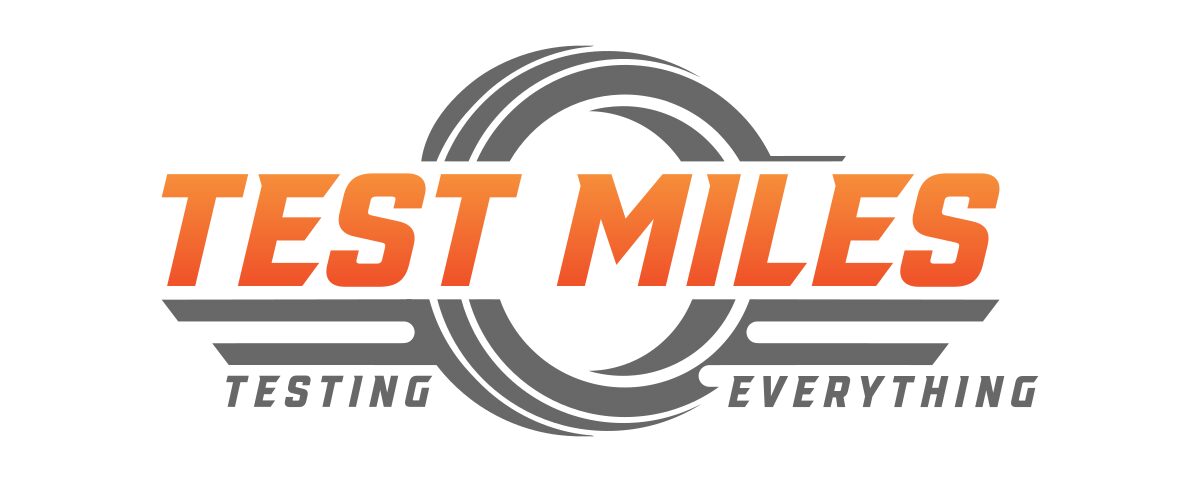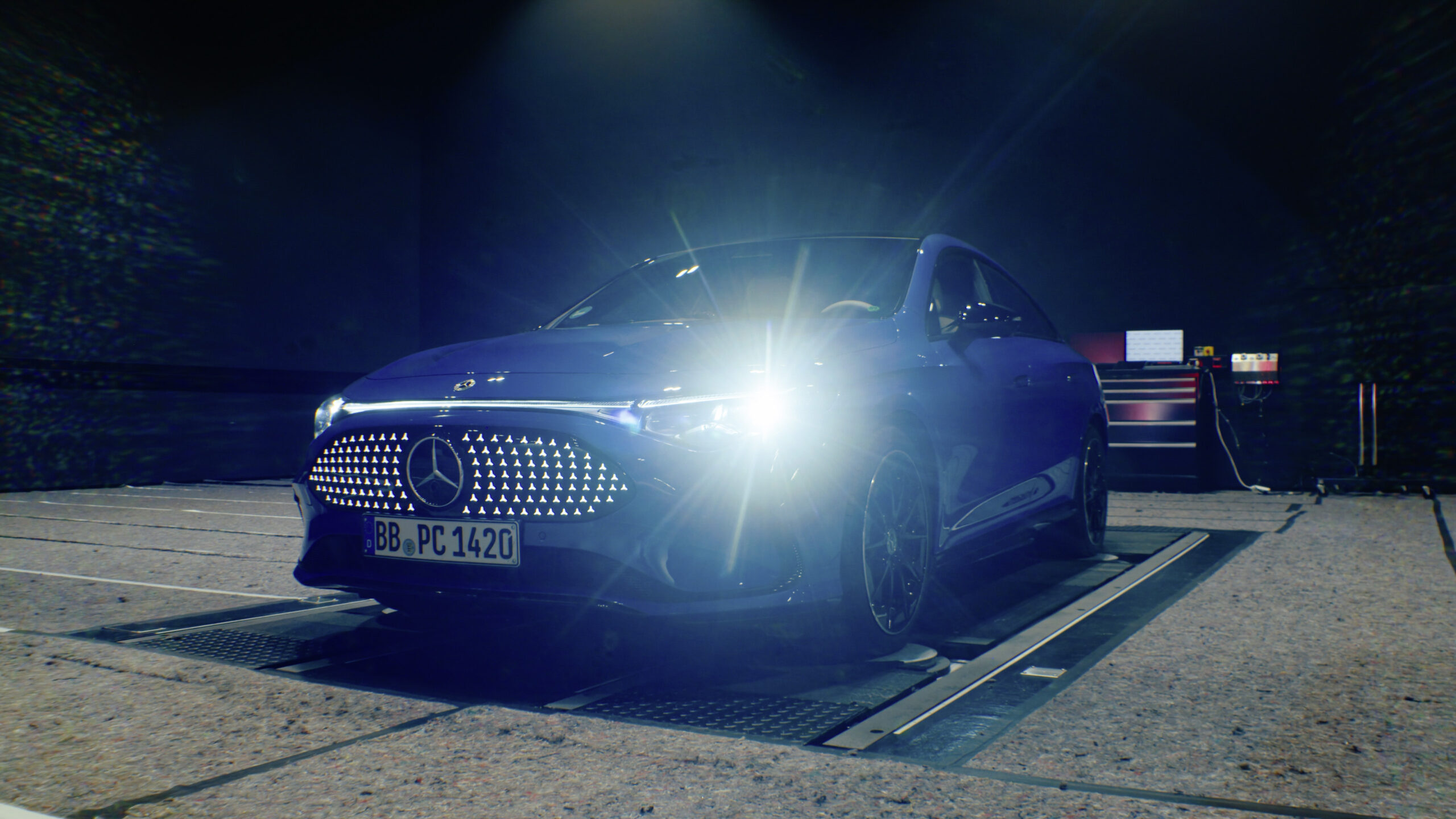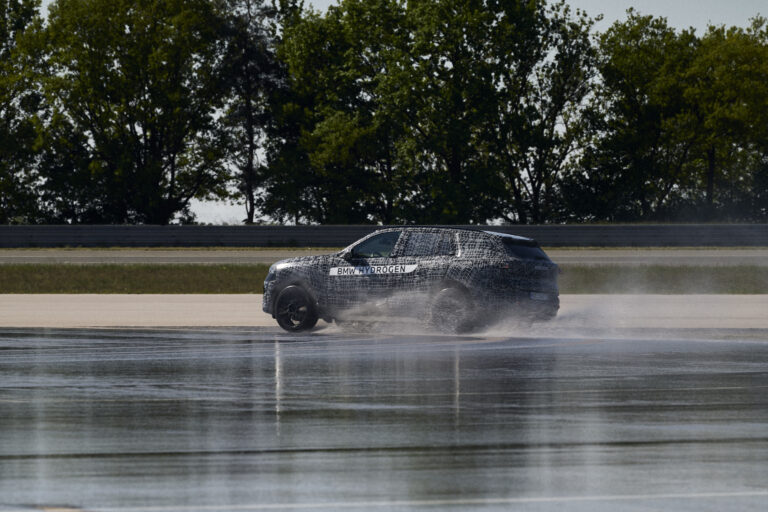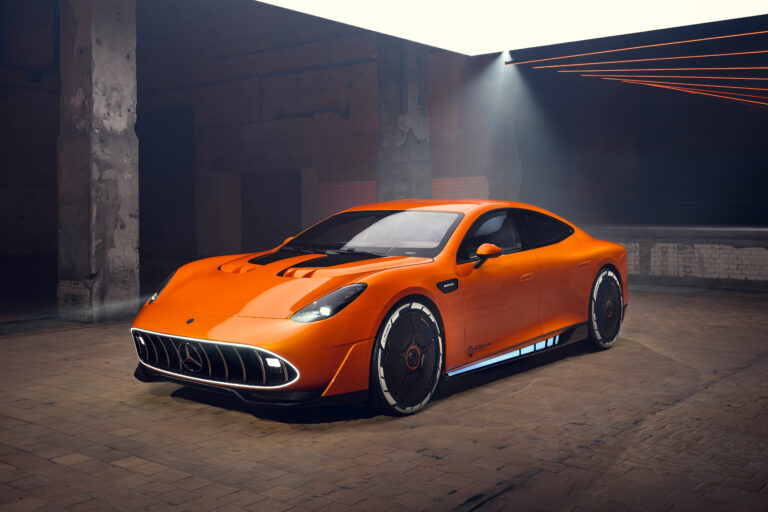Mercedes-Benz Opens World’s Most Advanced Light Center
Mercedes-Benz light testing center sets new standards with robotics, digital twins, and sustainable testing at Immendingen Proving Ground.
Mercedes pushes ahead with next-generation vehicle testing
Mercedes-Benz has just opened the most advanced light testing center in the automotive industry at its Immendingen proving ground. This development reshapes how headlights, driver assistance systems, and chassis durability are tested, blending automation, digital twins, and sustainable design. Beyond being a milestone for Mercedes, it signals a new era in global vehicle development where precision, efficiency, and ecological responsibility are not competing values but natural partners.
You may also like: Kia America Posts Record Q3 Sales Surge
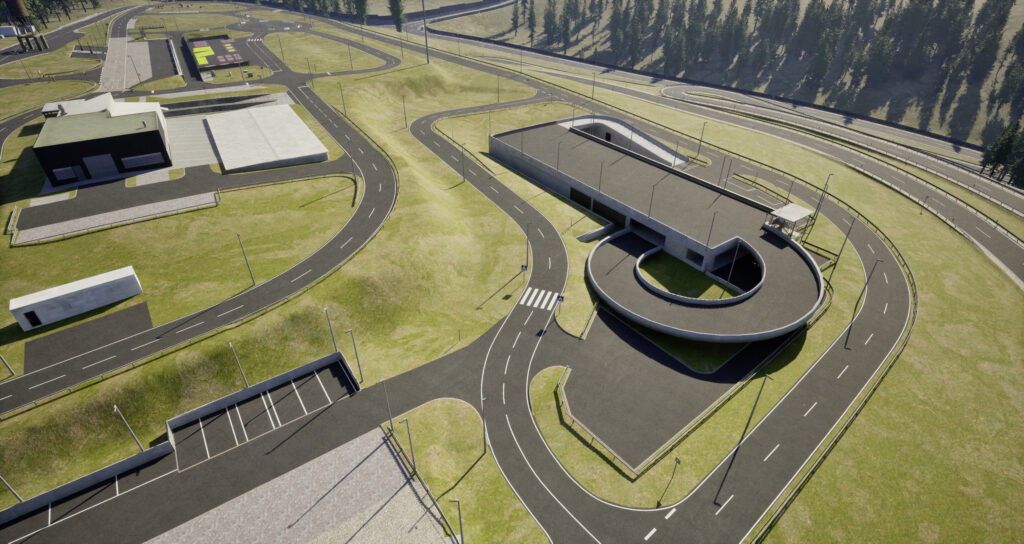
Why does this matter right now?
Automakers are under pressure to deliver safer, smarter, and more efficient vehicles while slashing development times. The new light testing center is not a luxury showcase; it is a response to rapidly evolving regulations on vehicle lighting and autonomous systems, as well as the demands of electric vehicle integration. By enabling controlled, repeatable testing of headlights and sensor systems regardless of weather or time of day, Mercedes-Benz reduces uncertainty and accelerates readiness for global markets.
The light tunnel itself spans 443 feet, recreating a full country road with aged asphalt, oncoming traffic simulation, and pedestrian dummies. Up to five cars can be tested in parallel. Such precision is critical as headlights evolve from simple beams into adaptive, sensor-integrated systems that interact with driver-assistance features and autonomous navigation. Regulators such as NHTSA and IIHS are tightening safety standards, and headlight ratings now directly affect vehicle safety scores.
Automation plays an equally vital role. The Heide durability circuit now relies on robotic drivers, which eliminate variability, reduce human fatigue, and enable testing around the clock. A single kilometer on this brutal track replicates 150 km of punishing real-world driving. For a brand built on engineering prestige, this ensures that every squeak, rattle, or structural weakness is discovered before a customer ever touches the wheel.
You may also like: Aston Martin DBX S Redefines The Luxury Performance SUV

How does it compare to rivals?
Mercedes is not the only automaker pouring resources into digital proving grounds. Tesla has been aggressive with over-the-air updates informed by real-world fleet data, while BMW and Audi have expanded simulation labs in Munich and Ingolstadt. However, none have matched the sheer physical and digital integration of Immendingen. With more than 53 miles of road surfaces representing global driving conditions, Mercedes has effectively built a miniature world where Europe, China, Japan, and the U.S. coexist on one campus.
The inclusion of a digital twin places Mercedes in line with industry-wide digitization trends. Cars are now tested thousands of miles virtually before a prototype ever touches tarmac. This reduces prototype builds, lowers emissions, and speeds up development. Compared to proving grounds in Arizona, Sweden, or Spain, Immendingen’s advantage lies in its consolidation. Apart from extreme heat or ice testing, 80 percent of real-world testing can be replicated here.
Even the ecological angle sets Mercedes apart. Sheep maintain the grounds naturally, preventing overgrowth, while llamas guard the flock. At a time when environmental scrutiny is as sharp as crash-test ratings, Immendingen doubles as a conservation zone. According to Bloomberg, automakers are increasingly judged on sustainability, not just horsepower or luxury. Mercedes is playing both sides of the equation smartly.
You may also like: Rolls-Royce Phantom Centenary: Woodwork Reimagined
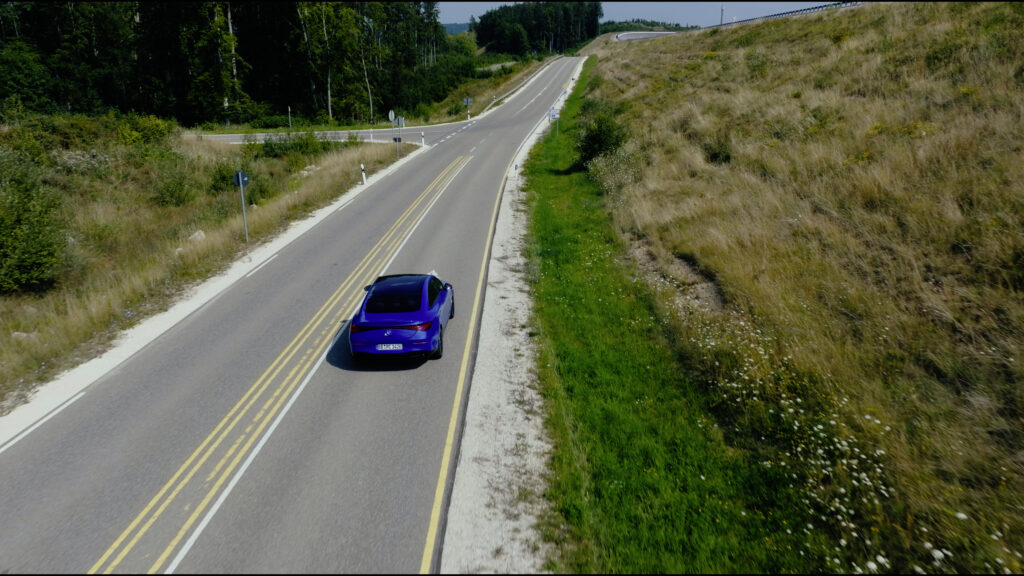
Who is this for and who should skip it?
Make no mistake: this is not simply for Mercedes engineers. The ripple effect of Immendingen extends to regulators, competitors, suppliers, and ultimately consumers. Regulators benefit from more consistent compliance data, suppliers get clearer performance feedback, and consumers receive safer, more reliable cars. Luxury buyers of the S-Class or EQS may never think about Immendingen, but the accuracy of their adaptive headlights on a rainy night owes everything to this site.
However, there is an implicit message: smaller automakers and startups cannot afford this scale of infrastructure. Rivals without such facilities will rely heavily on suppliers and public road testing, which extends development timelines. For budget-conscious brands, the Immendingen model may be out of reach. It is, in effect, an industrial moat for Mercedes, reinforcing its premium brand identity with real engineering substance.
Those looking for quick, lightweight vehicle programs may find Immendingen excessive. But if you are building vehicles where safety, luxury, and global compliance are non-negotiable, this site is not optional; it is essential.
You may also like: Toyota Defies Headwinds with U.S. Sales Surge
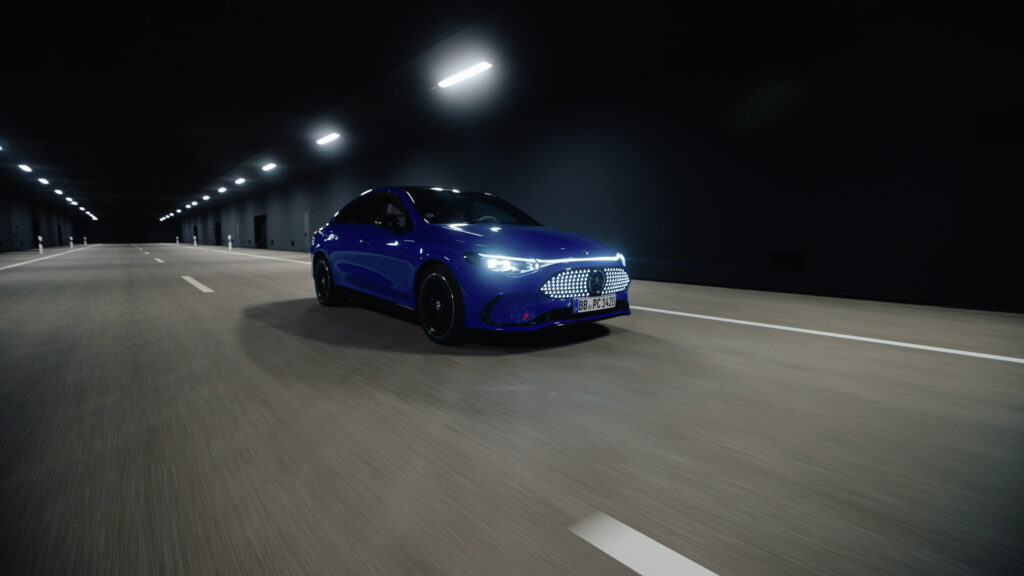
What is the long-term significance?
The Immendingen proving ground marks a turning point where physical and digital testing merge into a seamless ecosystem. Markus Schäfer, CTO of Mercedes-Benz, calls it the brand’s first fully digitized proving ground. In practice, that means test data cycles instantly from vehicles to simulations to design teams, tightening the feedback loop and trimming months off product development. The integration with AI-driven analytics ensures that lessons from today’s prototypes inform tomorrow’s consumer cars in record time.
In the long run, this facility also underpins Mercedes’ electrification and autonomous vehicle ambitions. From testing EV durability on rough cobblestones to perfecting LIDAR and radar systems under artificial sun glare, Immendingen is a sandbox for next-generation mobility. The presence of more than 100 charging stations alongside traditional fuel pumps hints at the mixed-fuel transition years still ahead, but the infrastructure ensures EV development has equal footing.
As the automotive industry enters the most disruptive decade since its invention, Immendingen is not just a proving ground. It is a statement. Mercedes intends to lead in safety, sustainability, and sophistication. For consumers, that means every future Mercedes—from the humble GLA to the flagship EQS—will carry within it the fingerprints of a German hillside where sheep and robots quietly collaborate on the future of driving.
You may also like: Ford Pays Your EV Lease Down Payment Post-Credit Expiry
For more information, follow @nikjmiles and @testmiles on all social media platforms.
